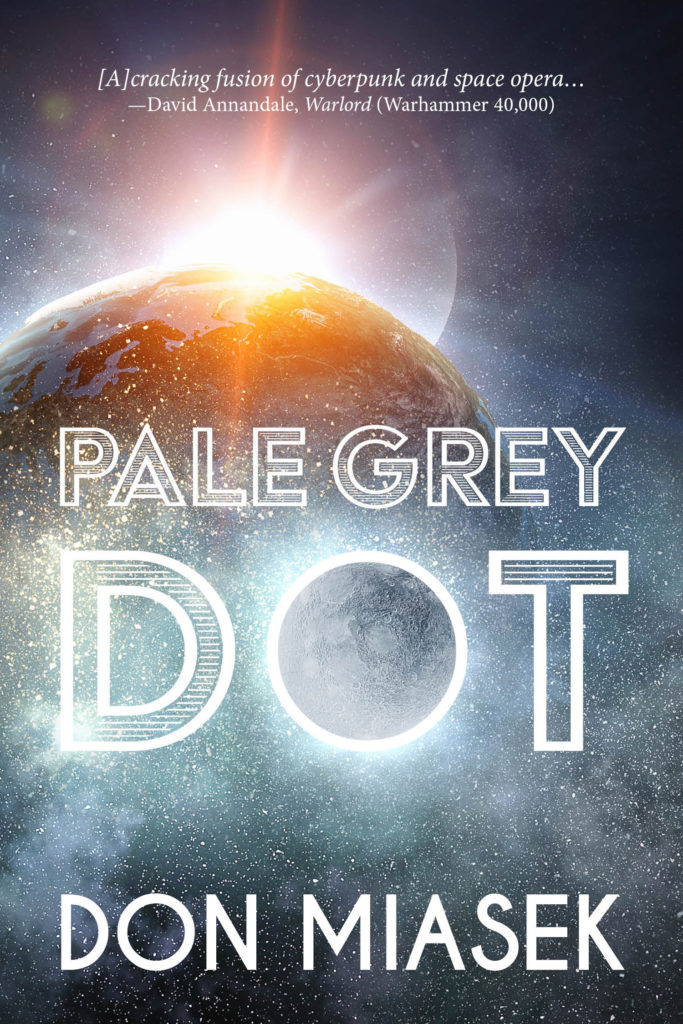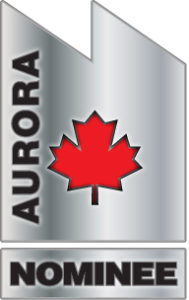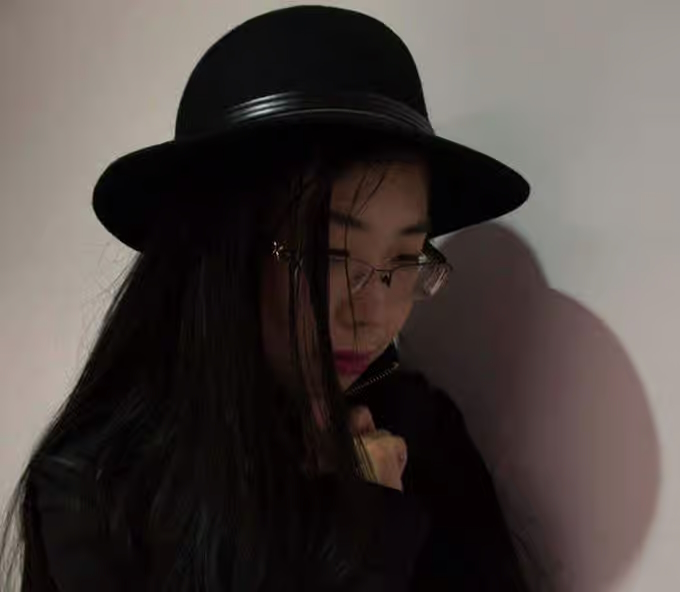
Today we have Y.M. Pang, Aurora Award Finalist and author of dozens of stories published in Clarkesworld, On Spec, Asimov’s Science Fiction, The Magazine of Fantasy & Science Fiction, and many more.
Now she’s bringing her most highly acclaimed fantasy stories together in All the Broken Blades: A Fantasy Anthology, which is nearly at its first stretch goal.
Y.M. Pang can be found at:
- Website: https://www.ympang.com/
- Twitter: @YMPangWriter
Don: Could you tell us a little about yourself and how you got into writing?
Y.M. Pang: I’ve been telling stories from as far back as I can remember. At five years old, I told them to my grandfather (and had him occasionally question their logic, such as the hero surviving a pot of boiling water).
In terms of actually putting words to the page, I started scribbling at around age ten. The stories started off as fairly wholesome tales about clever, determined heroines (think Anne of Green Gables), until I discovered Katherine Paterson through The Great Gilly Hopkins and Bridge to Teribithia. From that point on, I became fascinated with the bittersweet ending and deviations from an expected happily ever after.
I started writing seriously in my mid-teens. Initially my stories spanned many genres, but I eventually focused on speculative fiction. I grew up on Chinese fantasy shows and historical shows full of fantasy elements (that was the convention, and was quite mainstream in my childhood), and later read many English-language epic fantasy novels, from The Lord of the Rings to The Name of the Wind. So it was very natural to settle into writing fantasy.
I made my first short story submission at age sixteen. I mailed my manuscript—the norm back then—and received a physical rejection letter in response. After many more submissions, many rejections, a three-year hiatus, and a return to submission, I eventually started receiving acceptances and publications in 2018.
On Spec. Asimov’s Science Fiction. The Magazine of Fantasy & Science Fiction. Clarkesworld. Aurora Award finalist.
As one of the most prolifically published short story authors in Toronto, to what do you attribute your success?
Not sure if I’m one of the most “prolifically published short story authors in Toronto,” but I’m certainly one of the most prolifically rejected. And strange as it sounds, I attribute this to my success. Rejections don’t faze me, and I don’t know when to quit (at least when it comes to short story submissions). There are so many frustrating parts of the writing experience; a rejection letter isn’t even in the top five. Let me tell you a not-so-secret: every writer gets rejections. Tons of them. Authors who get acceptances within a few submissions are huge outliers. I maintain an attitude of: I cannot control if an editor buys my story. I can only control if I write, edit, and submit, so I should keep doing that regardless of rejections or acceptances.
Could you tell us a bit about the Kickstarter for All the Broken Blades?
Since 2018, I’ve amassed a plethora of publications, totalling about two books worth of published words. But they were scattered across various markets: some online, some in anthologies, and some in magazine back issues. I wanted to have one place my readers can go, if they wanted to read a selection of my work.
That was how All the Broken Blades was born. It will be my first short story collection, themed around secondary world fantasy—stories not set on Earth and featuring some kind of magic. The collection will contain thirteen epic fantasy stories and fairy tale retellings published between 2018 and 2024, two poems, and one original never-before-published story. This will hopefully be the first of multiple anthologies.
“Two books worth of published words”? Yeah, I’m fine with giving you that “one of the most prolifically published short story authors in Toronto” moniker.
I find your prose elicits a mythological tone, as if passed down through folklore and legend. How do you achieve that, particularly compared to ‘normal’, more straight-forward prose?
It’s hard to answer “how,” because like any other writing tool, specific style or tone is achieved through practice. But I think I can answer why.
Prose is the vehicle for delivering a story. And different kinds of prose are different transportation methods to get the story across land, sky, and sea—wait, I think that analogy broke down somewhere. Point is, sometimes it’s appropriate to add flourishes to emphasize certain moments. Sometimes echoing the voice of classic myth is the most effective method of communicating scope or the passage of time (one thing I hope to challenge with All the Broken Blades is the idea that short stories must necessarily be smaller in scope, complexity, or timeline compared to a novel).
In the fairy tale retellings, I like drawing from the original myth and referencing specific elements or word choices, while keeping the overall prose modern and accessible.
One of the included works, “Dress of Ash” contains themes that I often find in your stories: love challenged by practical reality, class divides, and children yearning to become great heroes. Do you find yourself drawn to these concepts?
Instead of being drawn to particular concepts, I’d say I am drawn to conflict without easy answers and good intentions that pave the way for disaster. Sometimes you could genuinely love someone, but still choose something else over them: duty, family, country, principles. And the yearning child will eventually find out what it means to be a hero, and the difficult choices it entails.
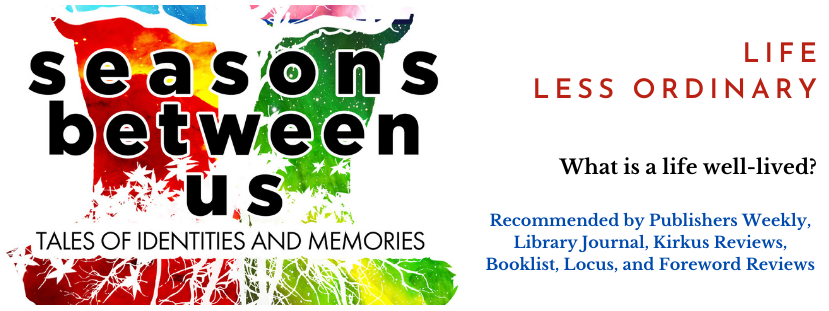
“Little Inn on the Jianghu” turns the trope of the innkeeper who has to deal with violent, idiotic adventures on its head. Was there any desire to give these long-suffering characters their due?
I don’t know if the story gave him “his due” since he spends most of it suffering (like most of my characters). But I certainly thought, man, lots of these Chinese martial arts stories feature fights in inns, with significant amounts of property damage. Who even opens inns in such an environment?
“My Mirror, My Opposite” tells a grotesque version of The Little Mermaid, with a prince longing to live beneath the sea in addition to the mer-princess who wishes she was on land. Was your inspiration purely of the original 1837 version, or were there hints of the Disney-fied version as well?
I had the luck to encounter “The Little Mermaid” with its original ending prior to watching the Disney movie. It was a Chinese picture book that translated the story, keeping the original ending. I was actually surprised when Ariel didn’t die in the Disney version.
“The Mirror, My Opposite” is very much based upon the original. The ending actually has specific references to the original ending, in terms of exact imagery used.
I found the nameless prince to be, in many ways, a loathsome and selfish character. Was this intended?
I have no issues with readers finding him loathsome and selfish. He was intended to be a significantly flawed character, and those aren’t going to be likable to many. My goal is for readers to find the story compelling even if they detest the main character.
Similar to “My Mirror, My Opposite,” your story “Lace, Comb, and Apple” takes another fairy tale and distorts it in wild ways. Why did you decide to put the focus on Snow White’s evil queen and her magic mirror?
Two things built this story:
- The lace, the comb, and the apple are the three assassination weapons used by the evil queen in the Grimm brothers’ version of “Snow White,” with the last finally succeeding.
- I questioned the sentience and motivations of the mirror. Why is this mirror qualified to judge beauty, or at least pretending to? What is its motive for naming the queen, and later Snow White, as most beautiful?
I questioned the sentience and motivations of the mirror. Why is this mirror qualified to judge beauty, or at least pretending to? What is its motive for naming the queen, and later Snow White, as most beautiful?
So I gave the three murder weapons to the mirror, set the story in the mirror’s point of view, and watched things unfold from there.
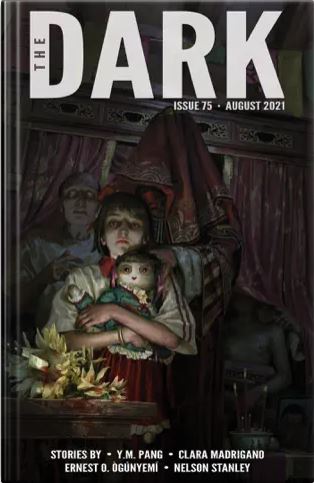
In “The Mountains My Bones, the Rivers My Blood,” we meet Shun, an old and tired god who slayed his peers long ago. And yet, he falls in love with an assassin from a rival god from another world. What made you write about such a strange and asymmetrical romance?
I’m drawn to romances where the two parties are equally flawed, where both characters love and hurt each other. For me, while Shun is a powerful god, the relationship still retains some semblance of balance. Armind may be a young mortal man, but he is more than Shun’s match: he has slain his own share of gods, initiates both the battles and the romance, and is even more ruthless. He represents the ambition, willfulness, passion, and bloodthirst that Shun no longer possesses, and that draws both wariness and fascination from Shun. Even in a story about a god-mortal romance, the mortal does not always need to take a backseat to the god.
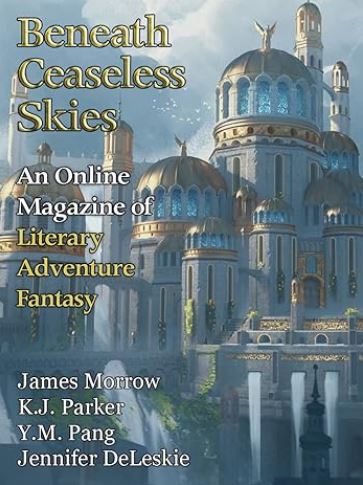
What’s next for you and your writing career? What else do you have in the works?
Once All the Broken Blades is released, I hope to follow up with a second anthology containing my science fiction and urban fantasy short stories. I am also working on two novels: one set in the same world as “The Lady of Butterflies” and “Dress of Ash,” with a protagonist who possesses a bizarre brand of time travel powers; and the second about a vengeful prince hunting one former friend to avenge another.
Thanks for taking the time to share with us!


